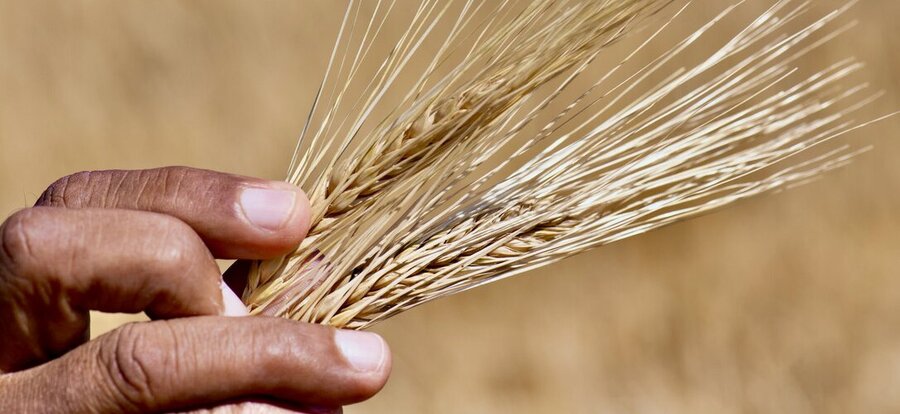Barley
Hordeum
Barley is a tough cereal, grown in a number of environments where other grains can’t grow – from arctic latitudes and alpine altitudes to saline desert oases. Barley is the fourth most important cereal crop in the world after wheat, maize, and rice. Although generally a temperate crop, barley is also grown in many tropical countries, typically by poor farmers in hostile, dry, cool environments. Developing countries account for about 18% of global production and 25% of the harvested area of barley.
Due to the high proportion of meat in temperate zone diets, barley is nowadays more often used as fodder for livestock than human food. Barley’s second most important use is in brewing beer, with direct use for human food ranking third. The different uses of the crop have led to diversification and specialization of cultivars. The main distinction among the cultivars is made by the number of kernel rows in the head; two-row barley, four-row and six-row barley. High protein barley is best suited for animal feed. Two-row barley is traditionally used in English beers, six-row barley is traditional in German and American beers. As in most crops there is more diversity in the wild types than in the domesticated varieties. It has been shown that there is more diversity among the wild barleys of Israel alone, than in all cultivars around the world.
Barley is a valuable carbohydrate energy source, as the kernel is 80% carbohydrate. Barley has been documented as a high-energy food since the Roman times, when the gladiators were called “hordeari” (from Hordeum) because they were fed a barley diet before going to the Circus. Certain barleys are also remarkably high in protein – some Ethiopian landraces are up to 18% protein.
Barley is an important “model plant” in basic genetic research. The work on barley by distinguished plant geneticist H.V. Harlan, in the 1930s, sounded the first alarm about the loss of crop diversity.
Breeders are working on resistance to serious diseases such as powdery mildew, the different types of rust and mosaic virus. Ethiopian barley has been especially useful in providing genes resistant to leaf diseases because of the hardiness of the local Ethiopian landraces. Also, breeders are working on adaptations to conditions of physical stress such as high humidity, cold, short seasons, drought, etc.. Among the CGIAR centres, the International Centre for Agricultural Research in the Dry Areas (ICARDA) has the mandate to undertake work on barley, and more than 100 cultivars have been released in 34 countries worldwide from their breeding programmes.

